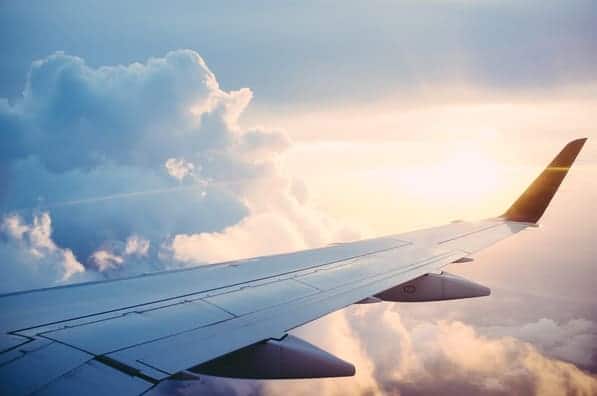US-based airplane manufacturer Boeing officially took responsibility for the two crashes of their new 737 Max jets on 4 April this year in an attempt to get the planes approved to fly again after they were grounded by officials in multiple countries around the world.
The company admitted that it had found two different flaws in the plane’s software – the second of which was reportedly unrelated to the crashes – that it needs to fix, which will delay the process of getting the planes back into the air.
Boeing said that it has a plan in place to replace the faulty software and eliminate the problem but regulators – such as the US’s Federal Aviation Administration (FAA) – will still need to clear the plane to fly (which more than begs the question as to why the software flaw slipped past regulators in the first place).
The scandal was thrust into the public eye on 10 March when Ethiopian Airlines flight 302 from Addis Ababa (Ethiopia) to Nairobi (Kenya) crashed soon after take-off, killing all 157 people on board just months after a Lion Air flight of the same model crashed after taking off from Jakarta (Indonesia), killing all 189 passengers.
US President Donald Trump suggested in a tweet posted on 15 April that the company should “rebrand” the plane by changing its name after fixing the flawed software, and adding some “great additional features”. Trump has taken a keen interest in the saga, lobbying for the planes to remain in the air, and the US was one of the last countries to ground the 737 Max despite the obvious safety concerns involved.
His advice seems unlikely to be well-received as branding really isn’t Boeing’s problem here: it’s the automated software system that is believed to have been at issue in both crashes, specifically the plane’s Manoeuvring Characteristics Augmentation System (MCAS), an anti-stall system that can allegedly make it difficult for pilots to control the 737 Max without being overridden.
While a preliminary report on the Ethiopian Airlines crash did not assign blame – and it is not yet definitively known whether the MCAS or pilot error was at fault – investigators have said that the pilots were correctly following Boeing’s procedures.
“The full details of what happened in the two accidents will be issued by the government authorities in the final reports, but, with the release of the preliminary report of the Ethiopian Airlines. . . accident investigation, it’s apparent that in both flights the [MCAS] activated in response to erroneous angle of attack information,” Boeing CEO Dennis Muilenburg said in a statement.
“The history of our industry shows most accidents are caused by a chain of events. This again is the case here, and we know we can break one of those chain links in these two accidents,” he added. “As pilots have told us, erroneous activation of the MCAS function can add to what is already a high workload environment.”
It was Boeing’s “responsibility to eliminate this risk,” he said, adding: “we own it and we know how to do it.”
But the real scandal here may not be the software bug at all but the rivalry that may have allegedly spurred Boeing to cut corners when developing the 737 Max. With a whopping 38% of market share (in 2016), Boeing is one of the top aircraft manufacturers in the world. It’s main competitor, European manufacturer Airbus, comes in a close second with a 28% share of the market, and the two companies share a fierce rivalry.
In 2010, Airbus announced an update to the A320, their most popular single-aisle aircraft which services many domestic flights in the US. The new version, dubbed the A320neo, would have a new, larger engine that was 15% more fuel efficient and the aircraft’s operation would not change enough to require pilots to undergo much retraining, saving airlines a bucketload of money.
This posed a problem for Boeing which moved to upgrade the engine on their own single aisle plane – the 737-800 – in order to compete with Airbus. However, the 737-800 didn’t have enough room for a new, larger engine as it sat too close to the ground.
The company attempted to fix this issue by moving the engine higher on the new model, which they named the 737 Max. Like Airbus, Boeing claimed that pilots would need only minimal retraining as it was allegedly almost indistinguishable from the 737-800.
The plane sold incredibly well and helped the company to compete with Airbus but the new engine placement had a side effect: the nose of the plane tended to point too far upward during take-off, which could lead to a stall.
Boeing chose not to reengineer the plane, instead installing software that would push the nose downward if it was flying at a higher angle in order to force it to behave like the original model. This was the MCAS.
As Boeing was selling the planes as virtually the same as the old model, they didn’t highlight the new system and regulators cleared the plane to fly without pilots receiving more than minimal retraining that didn’t mention the MCAS. The first sign of trouble was reports from pilots that the planes were suddenly nosing down without any warning and then, on 29 October 2018, the first crash occurred.


Leave a Reply